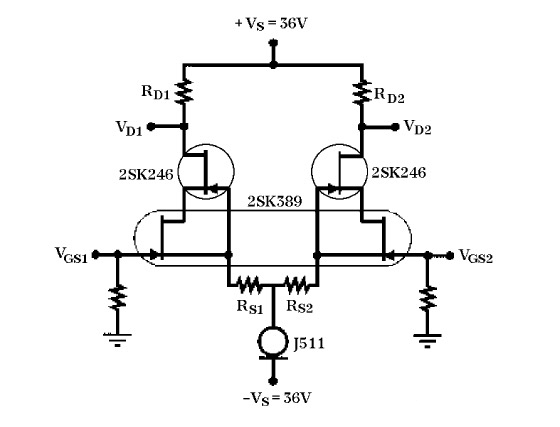user 37518
Well-known member
A friend of mine asked me about microphone boosters such as the cloud lifter and so on, my guess is that they are useful when recording quiet sounds with low sensitivity microphones such as ribbon mics, in some cases, your preamp may not have enough gain to fully raise the signal up to a desired level. But what if your preamp does have enough gain? these manufacturers claim that your signal will be less noisy, but I say that unless you are using a preamp with a really lousy Noise Figure or high noise floor, I don't see how it could makes things less noisy.
Don't want to sound like a smart ass but Friis equation basically says that in order to achieve the lowest noise figure, your first stage in a chain of amplifiers should have the lowest noise figure and it should also have the highest gain, because the following stages will have their noise figure divided by the gain of the previous stage, so having a first stage (mic booster) with 20dB of gain followed by a preamp with another 40dB of gain (for example) should make things worse, not better! that is unless of course your preamp is a noisy preamp.
My way of thinking is that instead of using a mic booster, you are much better off using a silent, clean, transparent , low noise pre with lots of gain in the first place.
Thoughts?
Don't want to sound like a smart ass but Friis equation basically says that in order to achieve the lowest noise figure, your first stage in a chain of amplifiers should have the lowest noise figure and it should also have the highest gain, because the following stages will have their noise figure divided by the gain of the previous stage, so having a first stage (mic booster) with 20dB of gain followed by a preamp with another 40dB of gain (for example) should make things worse, not better! that is unless of course your preamp is a noisy preamp.
My way of thinking is that instead of using a mic booster, you are much better off using a silent, clean, transparent , low noise pre with lots of gain in the first place.
Thoughts?



